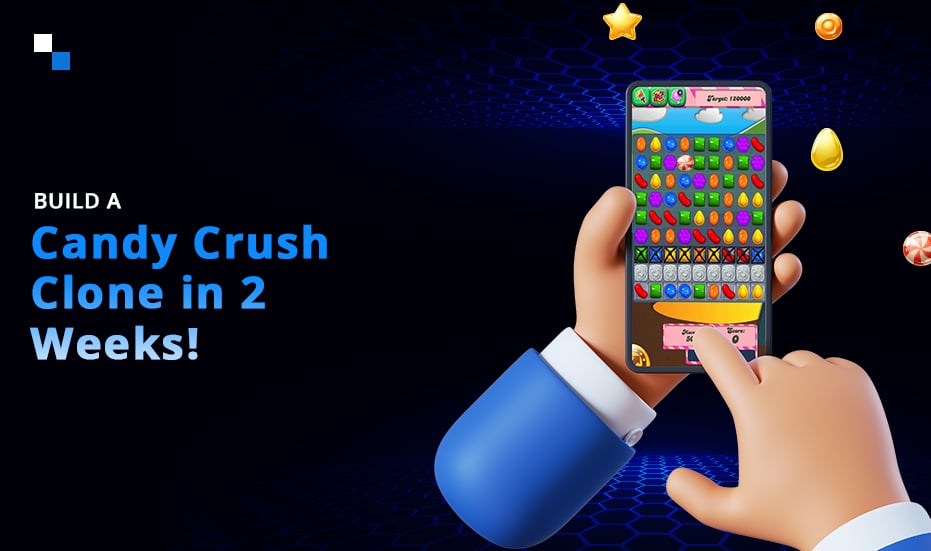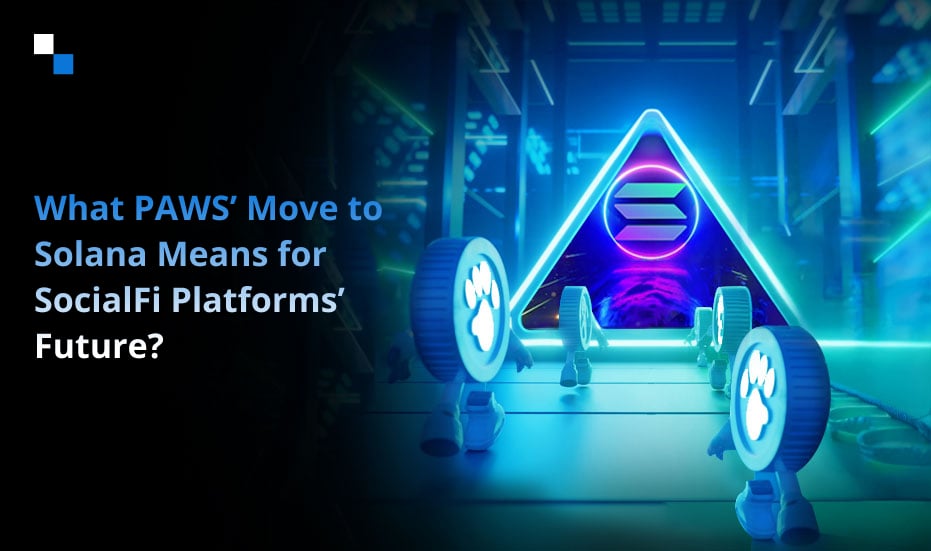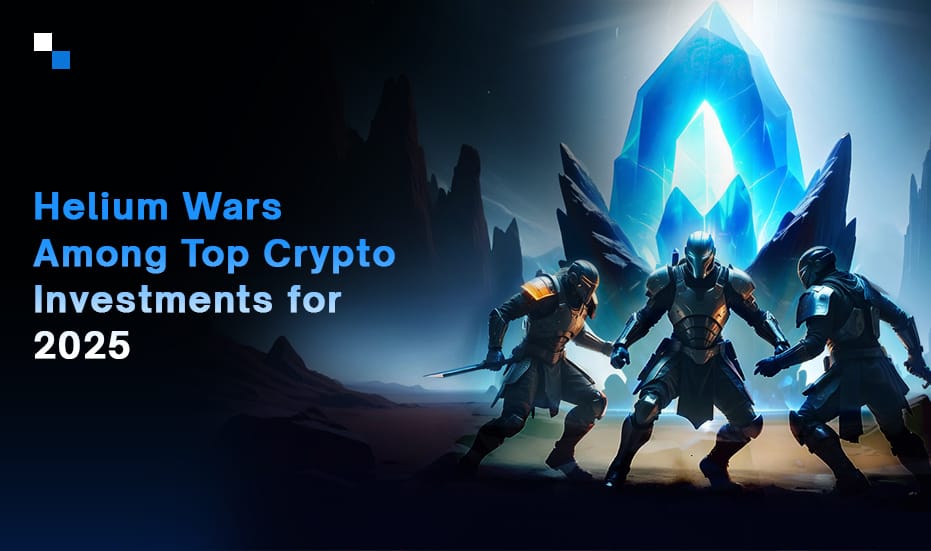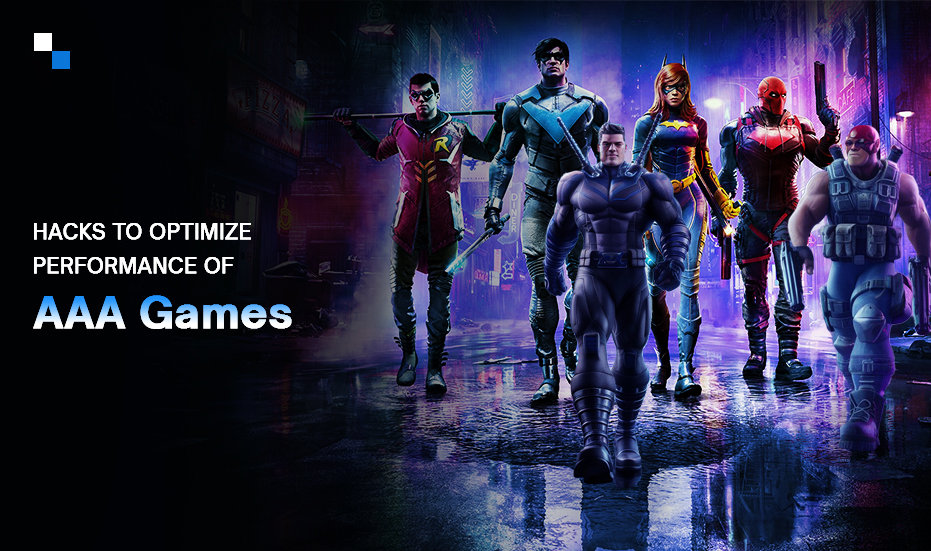
Invest In Profitable Solutions In 2025: Develop Cross-Chain L2 DEX In Just 2 Weeks
January 13, 2025
The Rise of Tokenized Assets: What It Means for Marketplace Efficiency
January 14, 2025You have probably spent countless hours swapping candies, chasing high scores, and enjoying the satisfying “crunch” of a well-played match. But have you ever considered what goes into building a Candy Crush clone? The magic of hyper casual game development doesn’t have to remain a mystery. The key lies in understanding the game’s core components: its addictive gameplay, polished visuals, and rewarding progression system.
This two-week guide serves as your ultimate roadmap, simplifying the journey of building a Candy Crush clone into manageable steps. Before we get into the nitty-gritty of game creation, let’s take a step back to examine the business benefits of a Candy Crush clone.
The Business Benefits of Launching a Candy Crush Clone
Developing a mobile game app like Candy Crushclone can be an incredibly profitable venture, as evidenced by the remarkable success of the game itself. In 2020, Candy Crush earned a staggering $857 million in revenue, reflecting a 15% year-over-year increase. With over 2.7 billion downloads worldwide, its global reach is undeniable. But it’s the game’s large and loyal player base that truly sets it apart — 255 million active users engage with the app every month. The key to Candy Crush’s profitability lies in its effective monetization strategies. The game has built a steady income stream by integrating in-app purchases, such as virtual goods and extra features. This approach fuels its financial success and maintains user engagement over time. Outside of China, the game generated $1.19 billion in 2020, solidifying its spot as one of the top-grossing games worldwide.
For investors, there’s a tremendous opportunity to capitalize on the growing mobile gaming market by replicating Candy Crush’s formula. A well-executed Candy Crush clone can drive substantial revenue through in-app purchases, ads, and premium features. With a strong focus on user retention, investors can enjoy sustained success, tapping into a vast audience and creating a reliable income source in an expanding and competitive industry.
The next logical step in turning this potential into reality is understanding exactly how to design and build a game app with the same lasting appeal. Hyper casual game development offers a solid framework for this. With careful planning and execution, it’s possible to create a game that mirrors the success of the industry’s biggest hits while adding unique twists that set it apart.
Creating a Candy Crush Clone: A Step-by-Step Guide
Creating a Candy Crush clone can be a great learning experience for hyper casual game development, as it will involve a combination of game logic, user interface design, and performance optimization. Here’s a step-by-step guide to creating a basic Candy Crush clone:

Week 1
- Know Audience: Understand what makes similar games successful by analyzing their mechanics and design. Research player demographics to tailor your game to their interests and needs.
- Choose Genre: Focus on casual gameplay but look for ways to innovate and differentiate your app. Consider blending genres for a fresh experience.
- Addictive Gameplay: Design challenging yet enjoyable levels with classic elements like puzzles, exciting power-ups, and engaging mechanics that encourage replayability.
- Simplify UI/UX: Develop a vibrant and user-friendly design for Candy Crush clone with a clean layout, ensuring seamless navigation. Make controls straightforward to create a hassle-free experience for all players.
- Creative Levels: Craft a variety of levels that increase in complexity while introducing new features, such as unexpected challenges or limited-time events, to keep users engaged.
Week 2
- Monetization Plans: Enable in-app purchases and integrate ads thoughtfully to avoid disrupting gameplay. Offer players value through rewards or premium features that enhance their experience.
- Social Features: Incorporate interactive features into your Candy Crush clone, such as team battles, global leaderboards, and options for players to invite their friends. Social engagement helps increase your game’s visibility and encourages competition.
- Mobile Optimization: Ensure your app runs smoothly on different devices with minimal battery drain and quick load times. Include offline gameplay modes to improve accessibility.
- Test & Iterate: Run extensive testing for bugs and usability. Regularly update the app based on user feedback to enhance gameplay and improve retention.
- Marketing Strategy: Utilize social platforms to build a buzz around your game. Invest in influencer partnerships, app store optimization, and targeted ads to draw players to your app.
By following these steps, you’ll have created a functional Candy Crush clone! You can further enhance it by introducing features such as social sharing, achievements, and daily challenges. At the same time, it’s crucial to consider the financial investment required for hyper casual game development. Knowing the cost factors involved will allow you to navigate the development process smoothly and make strategic decisions along the way.

Cost Of Developing A Candy Crush Clone
The cost of developing a Candy Crush clone can vary based on multiple factors. Here’s a general breakdown:
- Game Mechanics & Difficulty: Create engaging match-3 gameplay, balanced difficulty progression, and diverse challenges to keep players hooked.
- Technology Stack: Choose the right game engine (e.g., Unity) and ensure cross-platform compatibility for a wide reach.
- Monetization Strategy: Implement in-app purchases (boosters, extra lives), ads, and a freemium model without alienating players.
- UX & UI Design: Focus on visually appealing graphics, smooth animations, and an intuitive interface for an engaging experience.
- Retention & Analytics: Use analytics to track player behavior, implementing features like daily rewards and challenges to boost retention.
- Legal & Licensing Compliance: Avoid intellectual property issues and ensure the game meets app store guidelines to prevent rejection.
- Social & Marketing Features: Integrate social features like leaderboards and sharing, while building a pre-launch buzz to attract a large player base.
Costs can vary significantly depending on factors like geographic location, the scale of hyper casual game development, and the complexity of features you choose to include. It’s crucial to evaluate the scope of your project carefully, as this will influence your decisions on the level of polish, functionality, and overall quality you want to achieve.
Partnering with an experienced hyper casual game development company can greatly improve your game’s development, helping to balance cost efficiency with the creative direction and technical expertise needed for a polished, engaging end product.
Conclusion
The journey to developing a Candy Crush clone is as rewarding as the final product itself. The steps discussed throughout this blog serve as the foundation for crafting a hyper casual game development that captivates players and delivers a lucrative revenue model through in-app purchases, ads, and premium features. This process becomes even more powerful when you collaborate with a professional hyper casual game development company like Antier. We bring extensive experience in leveraging cutting-edge tools and technologies to ensure your game runs smoothly, while also integrating innovative features that provide players with new challenges. Our focus on efficient development processes, high-quality UI/UX design, and optimizing user experience ensures your game stands out in an overcrowded market.
Let’s partner to craft a highly engaging experience with sleek design and solid monetization features.



